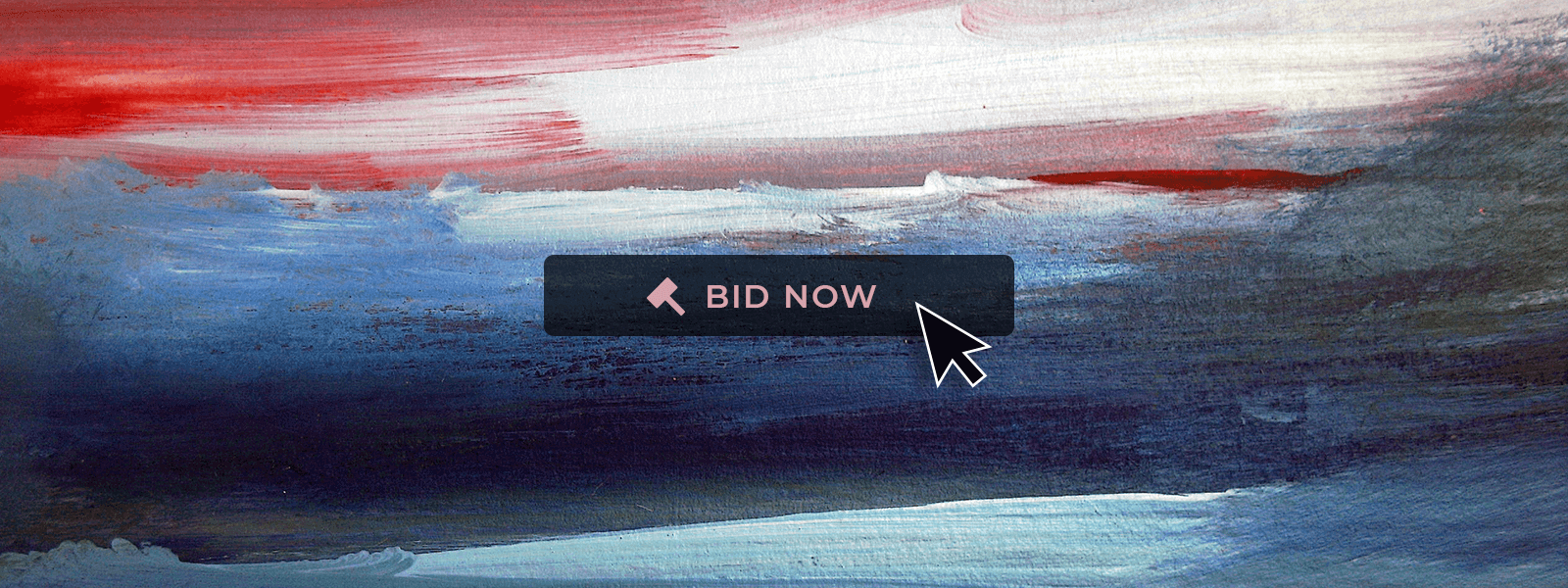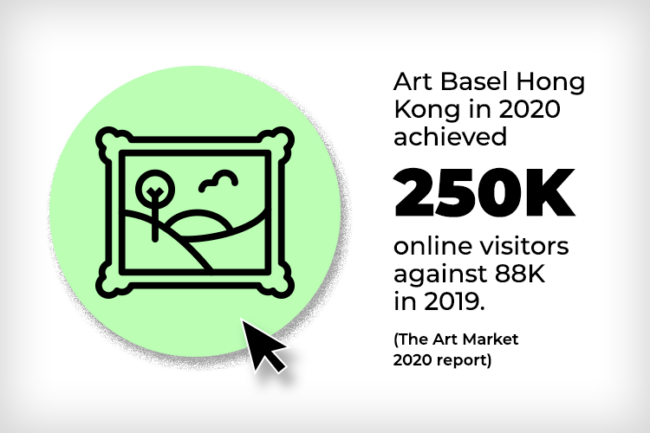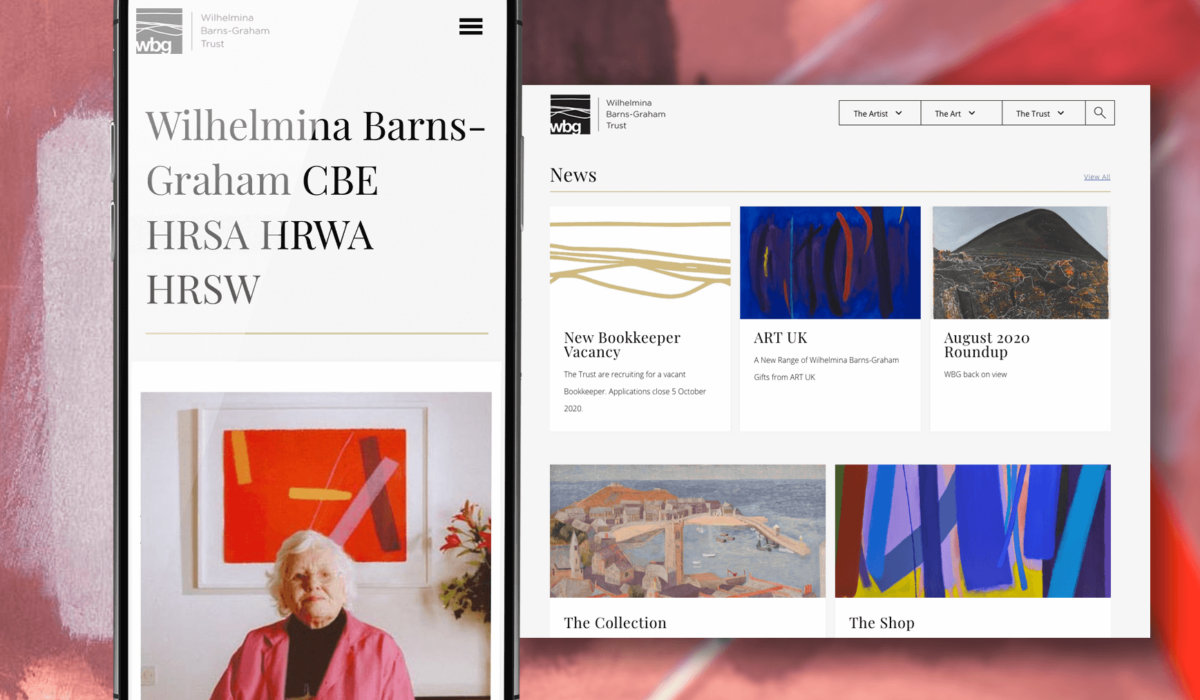What’s Next for the Global Art Market Landscape?
Thanks to the Covid-19 crisis, the global art market has had to reinvent how it engages with clients, promotes artists and, ultimately, sells works. Fairs and galleries, so often powered by in-person exchanges, personalities and in-the-moment purchases have promoted their existing online solutions – always a part of their marketing mix – to the front and centre.
Incoming Trends
Hookson values its art-industry clients. From galleries and schools to dealers, auctioneers and artists themselves, we’ve worked alongside the art sector for many years. So in this blog we’ll look at potentially incoming trends, and at how the broad industry might be selling its masterpieces and marketing its talents across 2021.
Will Digital-First Become the New Normal?
Prior to the pandemic, the global art market enjoyed a balanced relationship with digital marketing. Almost every gallery and fair, foundation and auction had, of course, the online presence you’d expect: very decent websites alongside curated and active social media channels.
Digital Creep
But broadly speaking these were accompaniments to tradition. They bolstered physical sales and exhibitions. Whet the appetite for opulent expos and big-ticket fairs held in serious cities.
Sure, spurred by the regular leaps in technology, a complementing move to digital crept in. It was seen in apps and innovations like the connective Artsy, busy uniting artists, art-lovers and galleries. There, also, was the funding platform Patreon, tastefully enabling supporters and patrons to fund work often created by up-and-coming artists . But it was gradual evolution, not a galloping revolution.
Accelerating Change
Then, for the worst-possible reasons, 2020 accelerated change. Online-only sales flourished as gallery owners and those in the business of selling art embraced virtual exhibitions and studio visits, app-led discussion forums and online bidding.
Crucially, art buyers responded to the convenience and flexibility. In fact, in pandemic-era December 2020, Phillips, the international auction house, put the hammer down on its biggest-ever sale: a cool $134.5 million realised at its New York City saleroom.
Will Clicks Beat Bricks?
So, with both sellers and buyers proving the concept, it’s a reasonable guess that a change will occur – that a digital-first default may well take the lead, and that clicks will continue winning-out over bricks and mega-gatherings.


